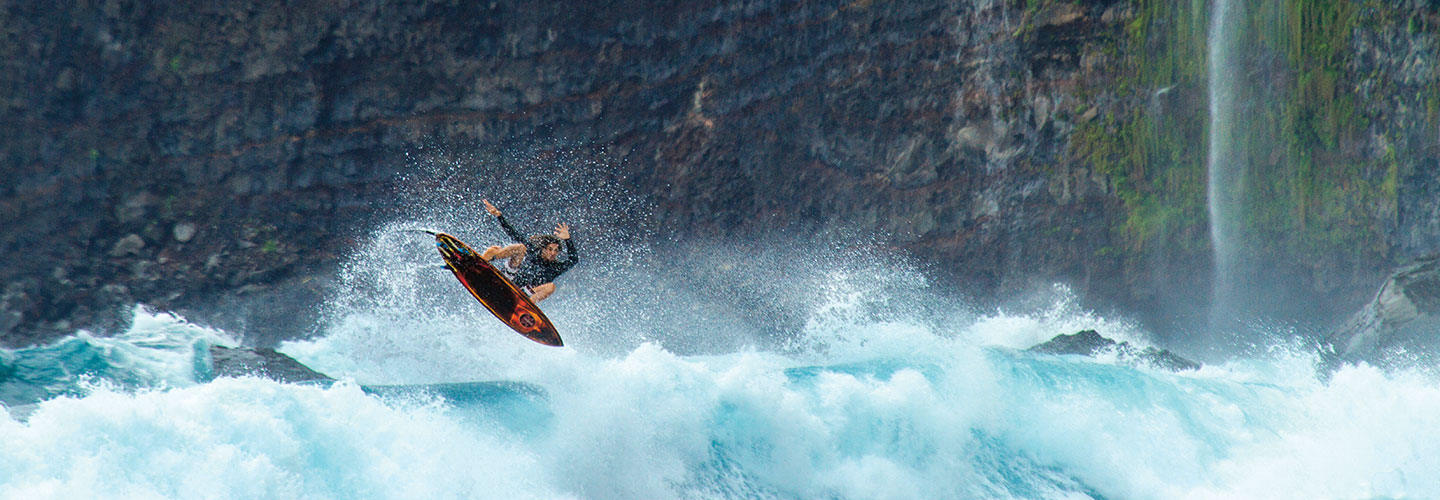Cliff Kapono was just settling into life as a chemistry student at the University of California, San Diego, when his professor called him into his office. “I see you’ve been doing a lot of surfing,” the professor said. “Yes, I surf every day,” Kapono admitted, thinking he was in trouble.
But the professor wasn’t upset. “That’s awesome!” he replied, to Kapono’s surprise. He told Kapono to find a research project that combines science and surfing. “That was the first time I realized I didn’t have to separate these two loves,” says Kapono. He’s a Native Hawaiian who grew up exploring nature and riding big waves.
Cliff Kapono was just settling into life as a chemistry student at the University of California, San Diego, when his professor called him into his office. “I see you’ve been doing a lot of surfing,” the professor said. “Yes, I surf every day,” Kapono admitted, thinking he was in trouble.
But the professor wasn’t upset. “That’s awesome!” he replied, to Kapono’s surprise. He told Kapono to find a research project that combines science and surfing. “That was the first time I realized I didn’t have to separate these two loves,” says Kapono. He’s a Native Hawaiian who grew up exploring nature and riding big waves.

